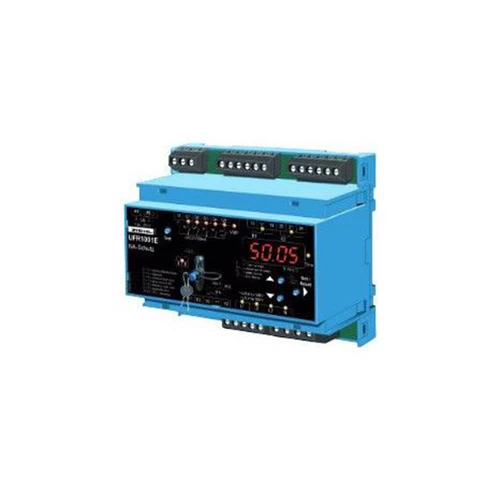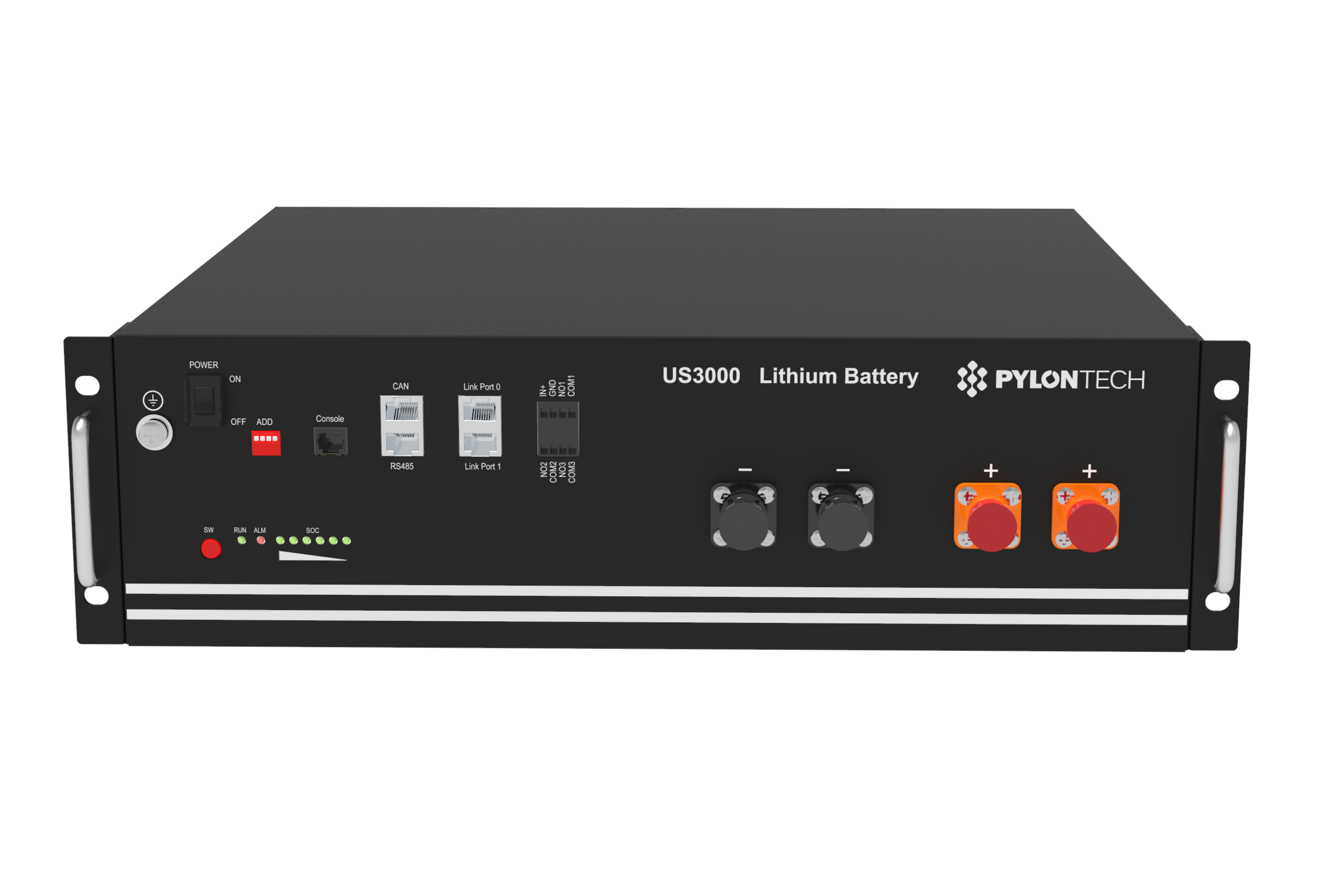Electricity, But not as you know it…
This is a follow on blog from ‘The Gas Alternative‘. We expand on the same installation with the Victron ESS System.
The initial driver and customer spec was the ability to maintain a power supply in the event of a power outage.
A generator was naturally the first option. We sought a much cleaner, greener, and frankly quieter option.
Just like the vast majority of people in the UK we use electricity constantly and unconsciously. This was unlikely to change. We needed to design a system that could minimise peak usage and protect us from power cuts.
We already had Loxone in the background and we wanted to build on that for managing our electrical needs. The Victron Energy ESS was our final choice.
Victron ESS
Together with Victron ESS, we installed a small Solar PV array of 2kW. This is made up of six solar panels.
The solar output goes into something called an MPPT. Just think of this as a converter. Like your phone charger. You plug it into mains and it gives you a few volts out to charge the phone.
The solar panels produce around 200 volts and our batteries are 48v, The PV Charger does this conversion for us.
We take power from the panels and convert it to power that the batteries can store or be used by the inverter.
So, the inverter, we installed a Victron Multiplus 2 for the work of charging our batteries at cheaper rates overnight.
The inverter converts that stored energy into something we can run the house on during peak (expensive) periods.
That’s two sources to charge our batteries, the Sun via the panels and the grid overnight.
We installed four batteries which will store 14.5kW of useable energy. We can add more batteries in under an hour if we want more storage.
Typical System Layout
One of the huge disadvantages of Solar inverters is that they don’t work during a power cut. This was not an option for our customers or ourselves.
We wanted a system that had excellent resilience regardless of external influences such as a power cut
Victron Energy offers us this and lots more.
A Victron inverter is always on. The system operates a two-way connection to the consumer unit (fuse box).
This can be used to charge the batteries during the night and can provide power into the home during the day.
Victron ESS and Grid Requirements

Anti Islanding Relay
There are strict rules that we must follow for ESS installations. The Victron inverter is not tied to the grid. We need to ensure power is not capable of outputting power (exporting) to the grid during a power cut. These are generally referred to as G98 / G99 Requirements.
Ultimately they are there to protect the people who may be involved in fixing the grid during power cuts from electric shock.
To this end, we needed to install another Victron product and a small custom transfer panel for power cuts.
This monitors our power supply coming in for deviation from normal values. When this happens it physically disconnects us from the network.
With Victron ESS (Energy Storage System) we can also choose to disconnect ourselves from the grid. Electricity tariffs from Octopus such as Agile (Discontinued) made this very attractive.
Backup
Our custom panel operates and changes over very fast. Clocks do not lose their time and most things do not even notice. Loxone then takes over to control and monitor backup mode, which has its own permanent backup.
The ability to control our own stored energy is vital for future independence and cost savings.
Such levels of control are not possible with other products such as the Tesla PowerWall 2. Tesla manages and controls that system themselves. This arrangement is only attractive whilst generous tariffs exist, as we all know, these are fast disappearing.
Monitoring the grid current and voltage provides the Victron ESS system with power cut information. Watching the system switch the home to using solar and stored battery energy unaided is very impressive.
Loxone
The Loxone Miniserver Monitors and reports the system status during the outage. We can see the battery level and remaining time until either the sun has set, or our batteries have died, whichever happens last.

Loxone Central Power Management
Loxone also has a fully managed load shedding system. If the need arises it can shut down none essential items to preserve battery capacity.
Initially, the customer wanted to prove the system would do what they wanted without necessarily incurring the expense of top-end batteries. Lead-acid batteries were the obvious choice, these are cheap and have severe limitations. They have limited discharge capability under any meaningful load and they cannot go below 50%.
PylonTech Batteries

The batteries we have now installed are the PylonTech 3000C these can discharge to 95%. This depth of discharge makes them infinitely better than lead-acid and gives around 12 hours of use in a power cut.
The form factor of these batteries is such that they mount in a standard 19″ network Rack.
Summary
There are a multitude of options on the market today for monitoring and managing your energy. From the Tesla Powerwall 2 to the ultra cheaper Chinese offerings. The number one complaint we see is system viability in terms of transparent data and controllability of your own energy.
With this system, our customers have complete control without any reliance on any manufacturer to permit cycling for example. This means there is no reliance on supplier tariffs or any contracts.
In independent research from the Battery Test Centre in Canberra, Australia, PylonTech is outperforming some of the world’s leading brands.
With Victron ESS and Loxone for off-grid and load control, we think this is a very difficult system to beat.


